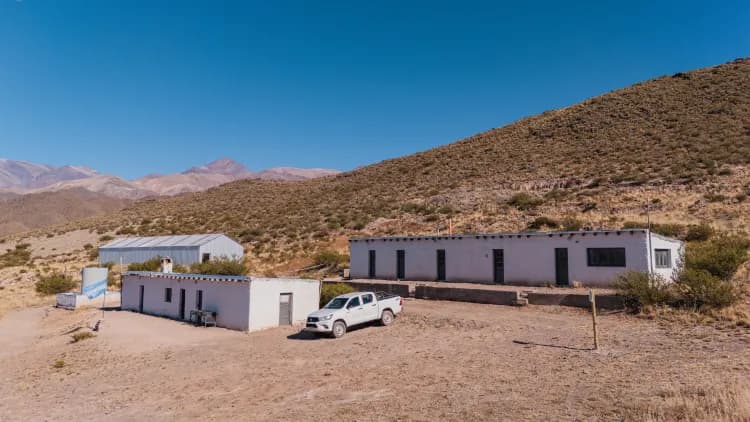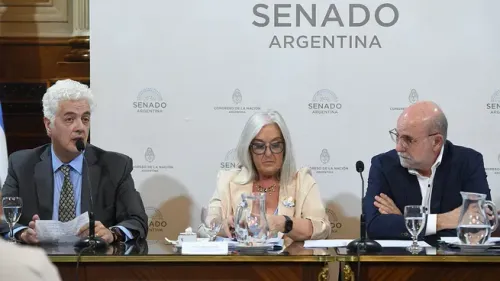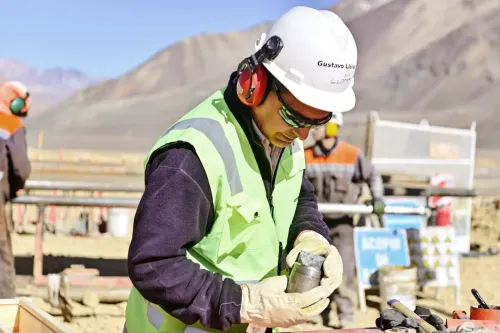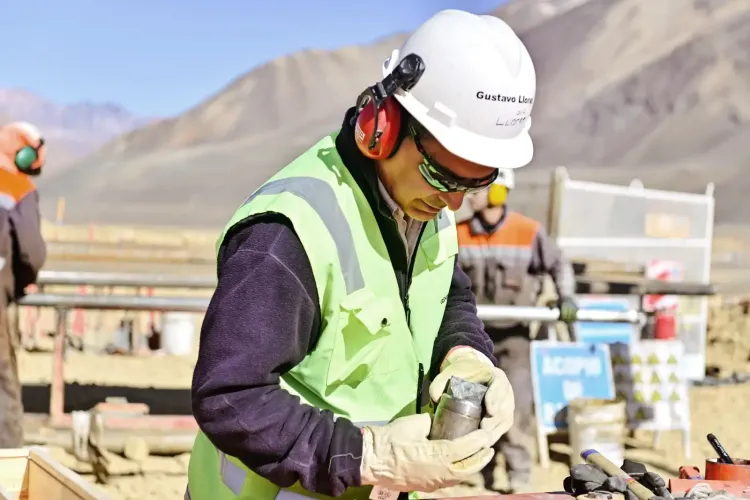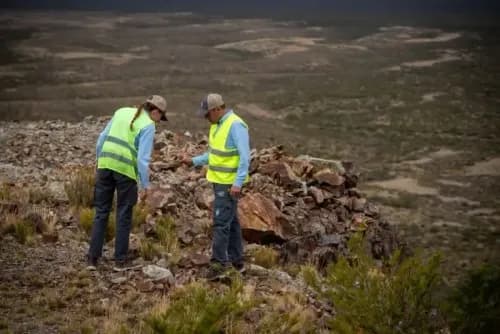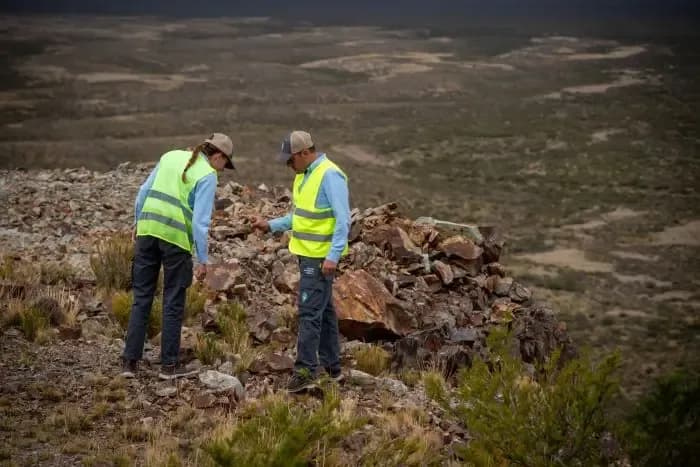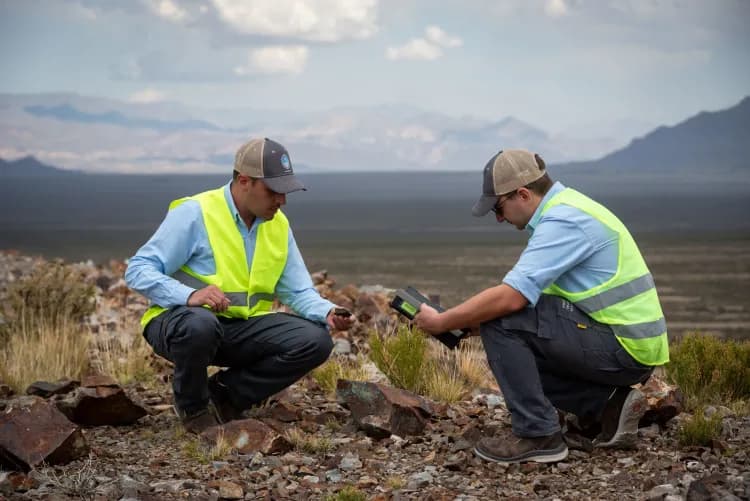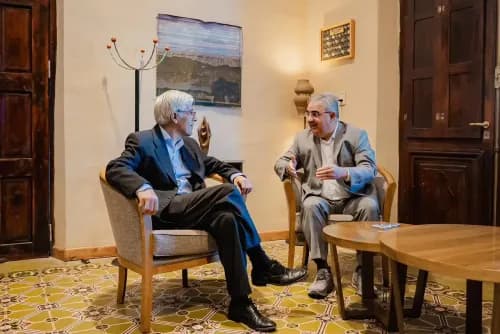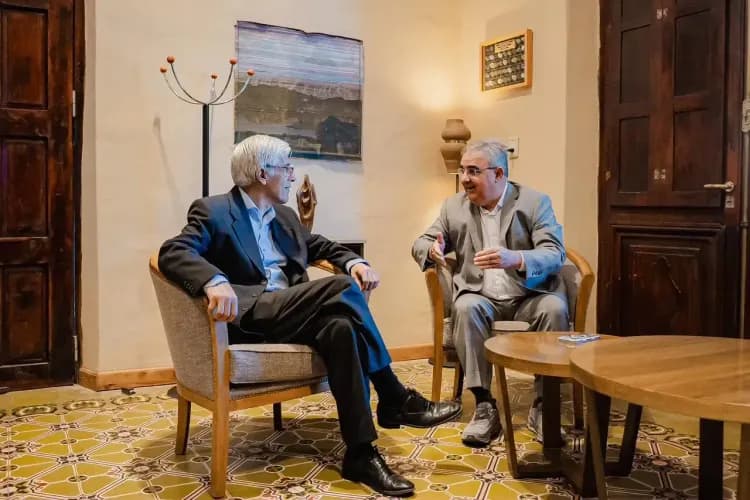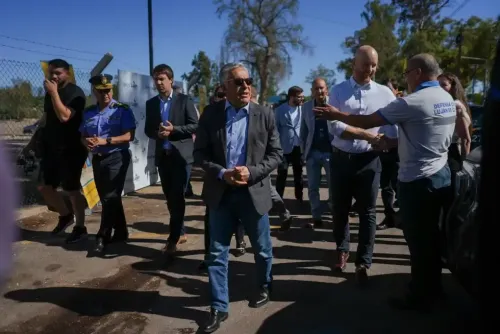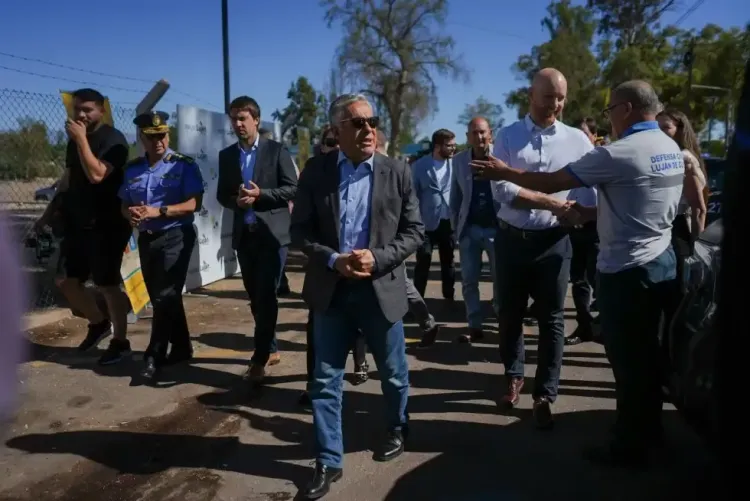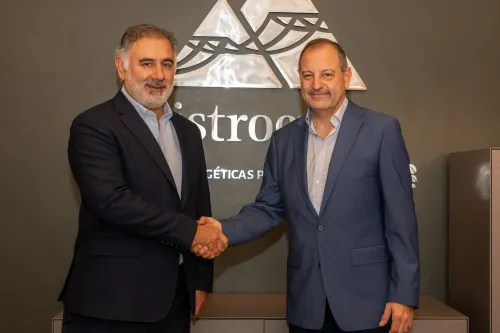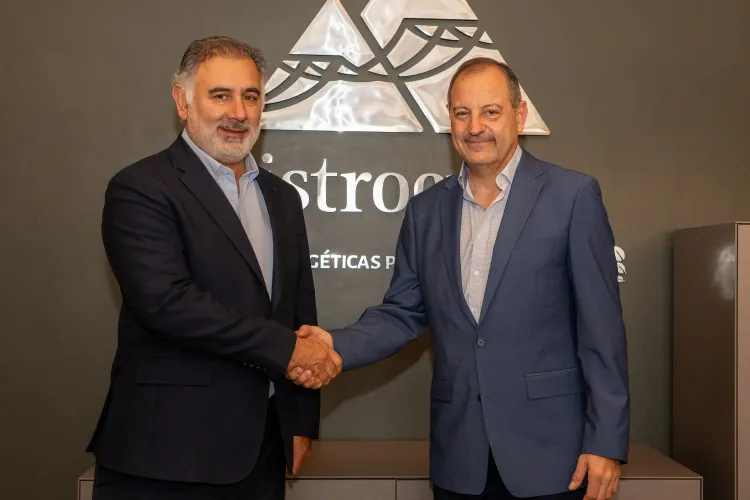May 7 is far from a minor date on Argentina’s productive calendar. It marks the celebration of Mining Day, commemorating the passage in 1813 of the country’s first mining promotion law by the General Constituent Assembly. That legislative milestone was no accident: in the foundational vision of Argentina as a nation, the wealth beneath the ground was already seen as a strategic driver of development. More than two centuries later, mining once again occupies a central role—though now with renewed challenges: it must be understood, legitimized, and embraced by society as a structural and geopolitical pillar.
By Panorama Minero
Mining needs no rhetorical flourishes to justify its existence. Its contribution is tangible and clearly visible in the economic fabric of many global powers—and also in Argentina’s own indicators, which show a trajectory of growth and a resurgence of international interest.
In Argentina, mining accounts for 0.82% of the country’s Gross Value Added and 6.5% of total exports, with an undeniably federal footprint. In 2024, 81.2% of San Juan’s exports came from mining, alongside similar figures in other key provinces: Catamarca (87.8%), Santa Cruz (80.5%), and Jujuy (75.4%). The sector generates high-quality formal employment, drives regional value chains, and energizes local economies often left behind by other industries. On the fiscal front, it is also becoming an increasingly significant source of public revenue.
Still, mining faces a fragmented and often misinformed public narrative—despite notable progress in recent years—that fails to fully reflect its environmental, economic, and strategic relevance for the 21st century.
The real opportunity is not the window—it is the country’s willingness, at last, to walk through it
Globally, mining is undergoing a structural realignment. The energy transition, digitalization, and the fragmentation of the international order have placed lithium, copper, nickel, uranium, and rare earths at the heart of a new geoeconomic map. Countries able to produce these critical minerals—like Argentina—now hold a strategic asset they can no longer afford to waste. But this asset only becomes development when three conditions align: regulatory clarity, genuine social license, and available capital.
Argentina stands at a turning point. While the country has over 180 mining projects at various stages of development, just over twenty are currently in production. For years, regulatory volatility, an uncompetitive tax burden, and jurisdictional fragmentation have undermined the predictability needed for long-term investment. Some of those much-discussed windows of opportunity were closed—at least temporarily—by a lack of coordination and coherence. Today, Argentina’s national leadership has signaled its intention to correct these distortions. But mining is not built on decrees or election cycles: it is built with State vision, informed and engaged communities, public-private partnerships, capable management, and sustained long-term planning.
Toward a More Mature Agenda
In this new edition of May 7, the challenge for Argentina is not merely to attract investment, but to define the role mining will play in its national identity. In an era of heightened geopolitical turbulence, the country needs a technical and political consensus that acknowledges mining—when responsibly managed—as a concrete vector of federal development, energy transition, and territorial inclusion.
This May 7 should not be reduced to a symbolic celebration. It is an invitation to honor the country’s mining legacy and, above all, to rethink its future with the depth and maturity this moment demands. Because if anything is clear in this new era of technological competition and resource-driven tensions, it is that the minerals lie underground—but the real challenge lies on the surface: in our collective ability to integrate mining into the national project and transform it, through institutional intelligence, into a competitive advantage in one of the most decisive moments of our contemporary history.



